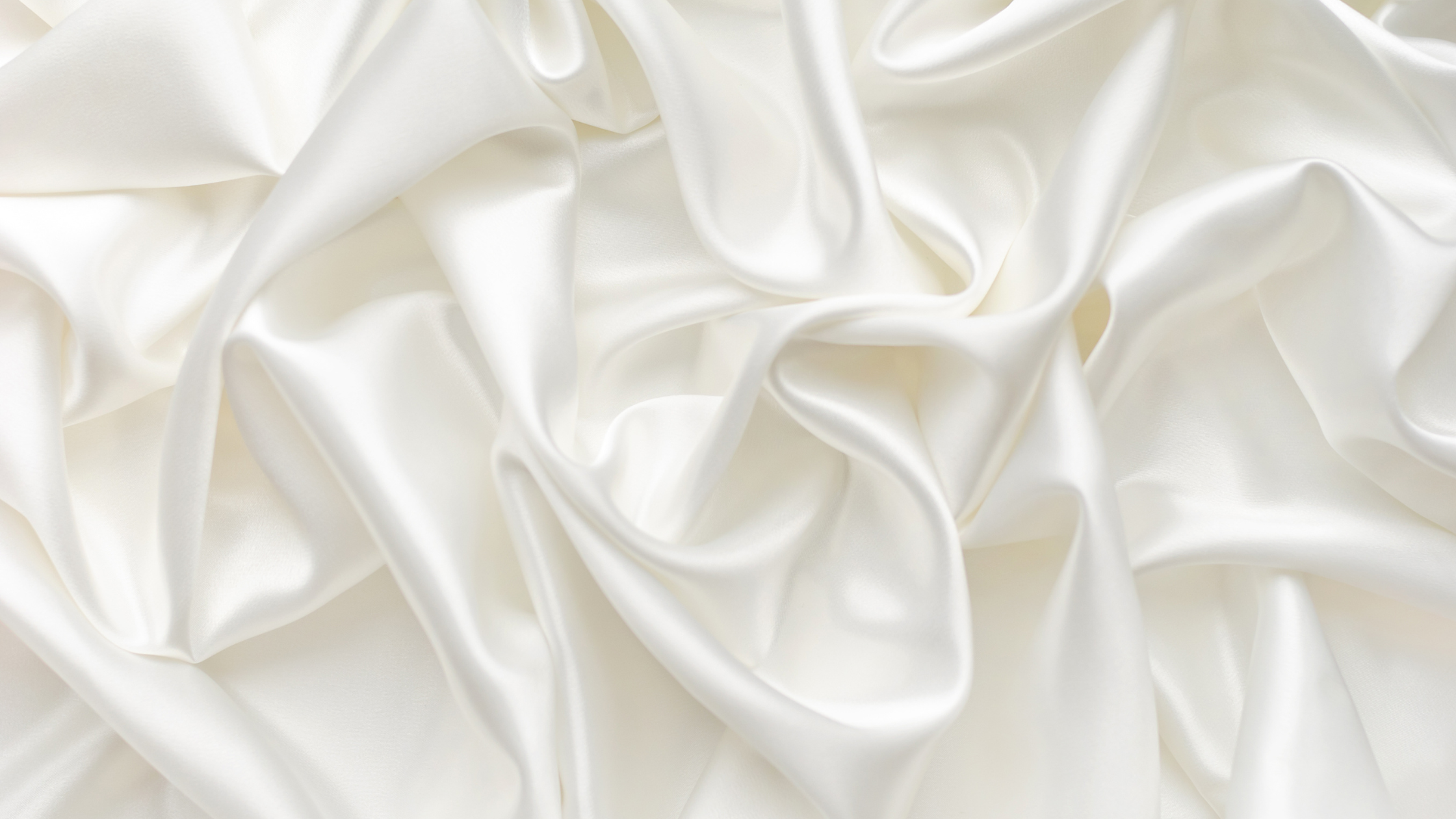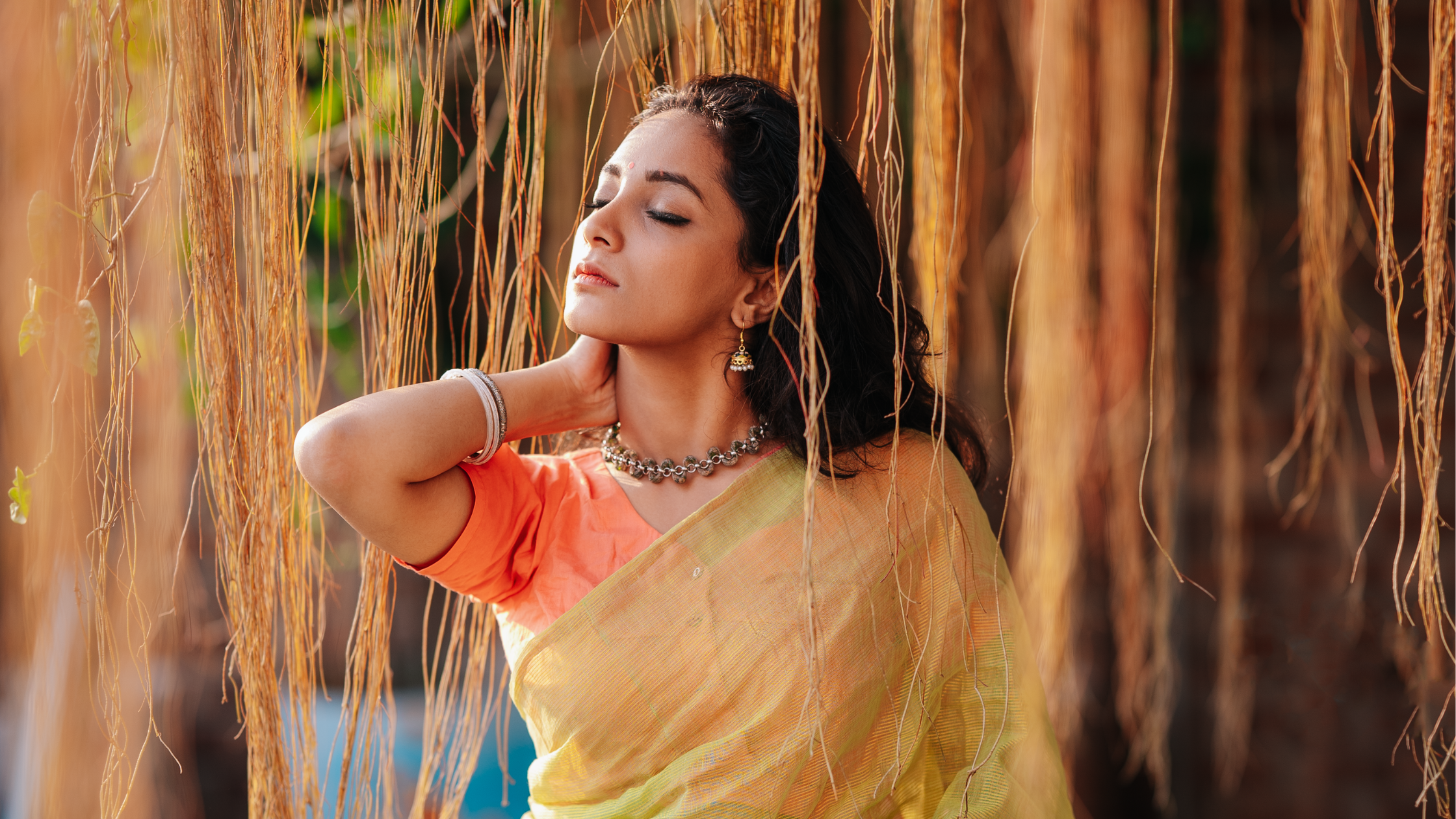The saree, a quintessential garment in Indian culture, is not just a piece of fabric; it is a symbol of tradition, grace, and timeless elegance. India, with its rich and diverse cultural tapestry, boasts an extensive array of sarees, each unique and reflective of the traditions of its region. This comprehensive guide explores the various types of sarees in India, highlighting their significance and distinct features.
Traditional Silk Sarees crafted from luxurious silk have a special place in Indian attire, often worn during weddings and festive occasions.
1. Banarasi Silk Sarees: Originating from Varanasi, these sarees are known for their intricate brocade work and gold or silver zari.
2. Kanjeevaram Silk Sarees: Hailing from Tamil Nadu, these sarees are prized for their rich silk and vibrant contrasting borders.
3. Paithani Silk Sarees: A Maharashtrian specialty, Paithani sarees feature peacock and flower motifs with a distinctive zari border.
4. Mysore Silk Sarees: These silk sarees from Karnataka are characterized by their lightweight feel and subtle yet artistic zari work.
Cotton Sarees Comfortable and versatile, cotton sarees are popular for daily wear and casual occasions.
- Tant Cotton Sarees: Originating from West Bengal, these sarees are known for their crisp texture and vibrant, handwoven designs.
- Chanderi Cotton Sarees: Hailing from Madhya Pradesh, Chanderi sarees are lightweight, sheer, and often adorned with delicate zari work.
- Gadwal Cotton Sarees: A Telangana specialty, Gadwal sarees are celebrated for their cotton body and silk border.
Geographical Specialties, Sarees that showcase the distinct artistry of specific regions in India.
1. Bandhani Sarees (Gujarat and Rajasthan): Known for their tie-dye technique, these sarees feature vibrant patterns created by skillful artisans.
2. Sambalpuri Sarees (Odisha): These sarees are recognized for their unique ikat patterns and traditional motifs, often depicting stories from mythology.
3. Chikankari Sarees (Lucknow, Uttar Pradesh): Lucknow is famed for Chikankari work, and sarees adorned with this delicate hand embroidery are highly sought after.
Modern and Fusion Sarees, Innovative saree styles that blend tradition with contemporary design.
- Lehenga Sarees: A fusion of the lehenga and saree, these are pre-pleated sarees that offer the convenience of both.
- Pre-Draped Sarees: Modern saree styles pre-stitched for easy wearing, popular for their hassle-free elegance.
- Half and Half Sarees: These sarees feature two contrasting halves, offering a contemporary twist to the traditional drape.

Unique Embroidered Sarees, Sarees adorned with intricate embroidery, showcasing the craftsmanship of Indian artisans.
- Kantha Embroidery Sarees: Originating from West Bengal, Kantha work involves intricate hand embroidery in beautiful patterns.
- Zardozi Work Sarees: These sarees feature elaborate embroidery using metallic threads, sequins, and beads, originating from Uttar Pradesh.
- Phulkari Sarees: A specialty of Punjab, Phulkari sarees are known for their vibrant and colorful floral embroidery. One of the best Types of Sarees
Regional Influences Sarees that capture the essence of specific regions in India.
1. Assamese Silk Sarees: Muga and Eri silk sarees from Assam are known for their golden luster and traditional motifs.
2. Kasavu Sarees (Kerala): Typically off-white with golden borders, Kasavu sarees are the epitome of simplicity and elegance.
3. Nauvari Sarees (Maharashtra): A nine-yard saree worn in the traditional Maharashtrian style, popular during cultural events and festivals.
Timeless Classics Sarees that have stood the test of time, known for their enduring beauty.
1. Dhakai Jamdani Sarees: Originating from Bangladesh, these sarees feature delicate jamdani weaving, creating intricate motifs.
2. Baluchari Sarees: Hailing from West Bengal, Baluchari sarees are known for their elaborate depictions of mythological scenes.
3. Patola Sarees: Crafted in Gujarat, Patola sarees are known for their double ikat weave and vibrant geometric patterns.
Sarees for Festivals and Special Occasions, Sarees specifically designed for celebratory events.
- Banarasi Brocade Sarees: Known for their gold and silver brocade work, these sarees are a popular choice for weddings and festivals.
- Kanjeevaram Zari Sarees: These sarees characterized by their rich zari work, are often chosen for auspicious occasions.
- Chanderi Silk Sarees: Chanderi silk sarees with their lightweight silk and zari borders are favored for festivals and ceremonies.
Conclusion
In conclusion, the vast Types of sarees in India reflects the rich cultural diversity and artistic heritage of the country. From traditional silk sarees to modern and fusion styles, each type of saree tells a unique story, making the saree not just a garment but a canvas of Indian artistry and craftsmanship.





